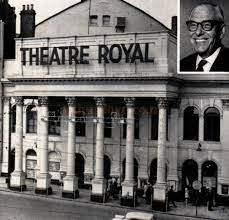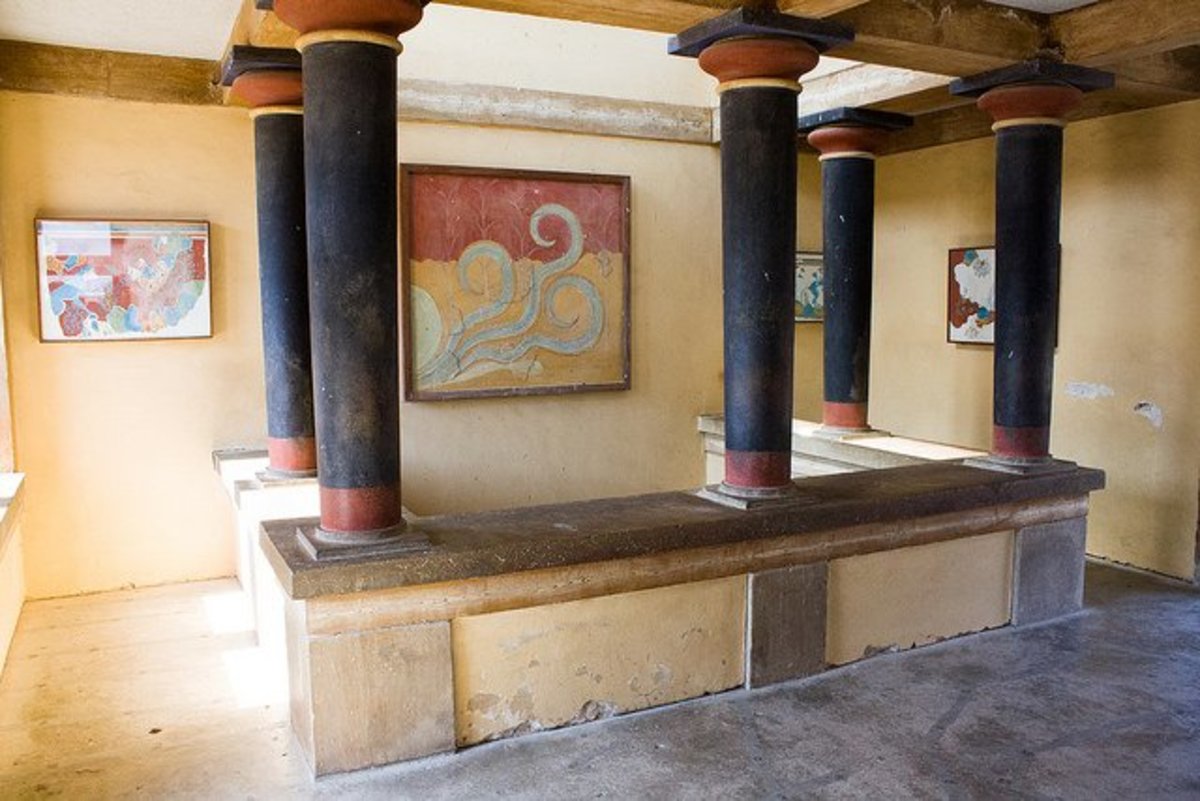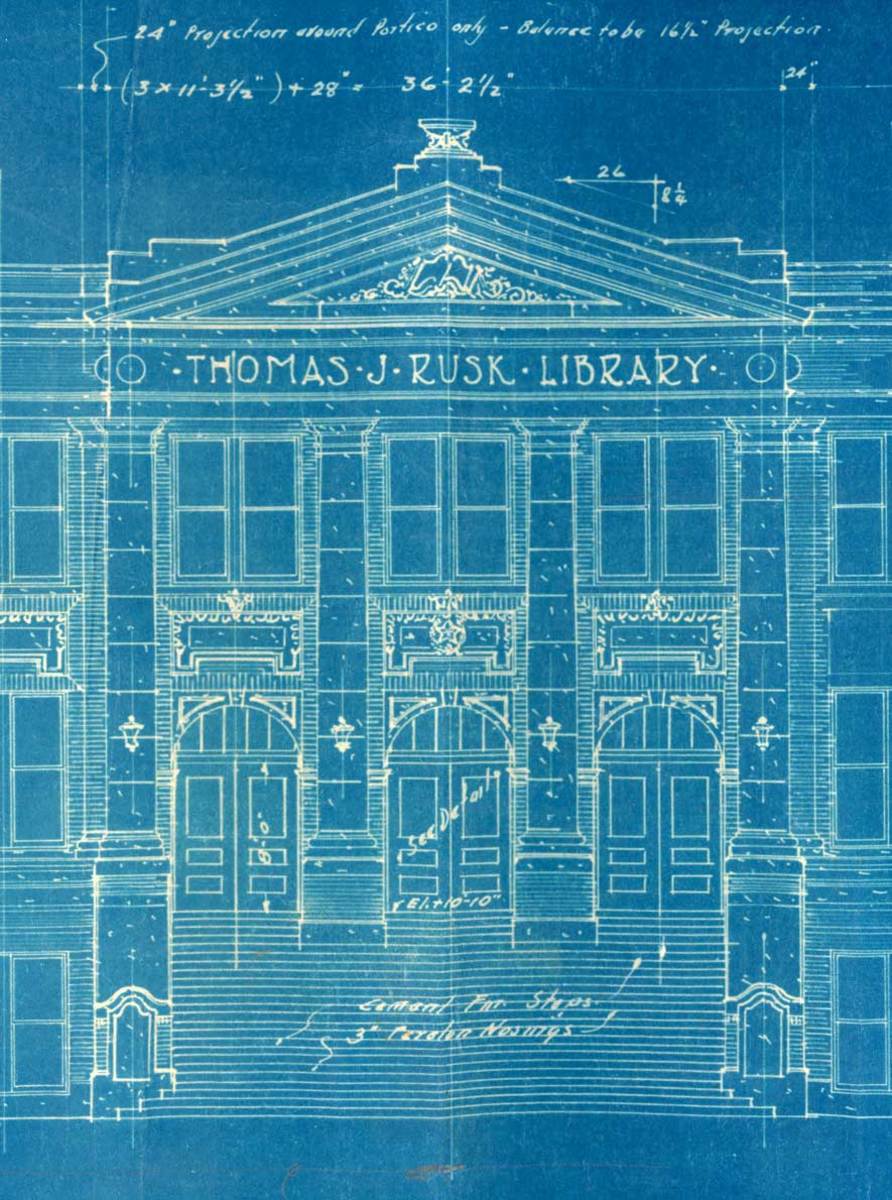A Focus on Nottingham’s Theater Royal

Theatre loyal is one of the most exquisite entertainment halls in the world; encircled by opulent surroundings the arena offers a platform for music boom and variety of entertainments. It is in the same hall where light opera was birthed and modern day exciting drama and touring opera has been given prominence. The theatre had become famous even by twenties as it was hosting some of the best Hollywood-style musicals and pantomimes (Franchi, 2008). In the contemporary world, the theater is reputed for being the best touring avenues in the country since it attracts major ballets, opera, dramas West End musicals and an annual pantomime. Nottingham’s Royal Centre comprise of the Theatre Royal and the Royal Concert Hall. The Theatre Royal was built in 1865 but was later redesigned in 1897-98. During the same period, there was opening of theater varieties on the site of the Theatre Royal's old dressing rooms (John, 1992). Unfortunately, by early 1960s the Theatre Royal had been financially incapacitated and as a result it was bought off by Nottingham city council in 1969 after which it was restored and redeveloped in 1976-8 and reopened in 1978(Mark, 2008).
Royal Concert Theater stands out for its outstanding acoustics and modern architectural design, which continues to attract the world’s celebrated soloists’ orchestras, and conductors. With the emerging international trends in entertainment, does Royal Concert Theater complement international classical concerts? The hall is famously known for its vast size and versatility numerous musical genres are held and performed in the hall such as pop music, rock, dance, world music and stand-up comedy(John, 1992).
Just like the Royal Concert Hall, Royal Theatre hosts some of the most popular concerts attracting leading orchestras and solo artistes from all over the world. Owing to its resourcefulness, the hall has been regularly used as people host community events such as conferences and graduation ceremonies. Yet in the mind of every concert lover in Nottingham lingers unending fondness for the vast auditorium, which creates an atmosphere for classic and well-refined performances. These aspects are used by the theatre in order to build itself a brand and enable it to be recognized among its clients.
Brand Image on Theatres
According to Mark Hawkins (2008), theatres are perceived as places of “moral and intellectual culture" where talents could be nurtured and people get entertained. Besides being a superb building, a theatre hosts many performances and the design is used to advertise its shows and activities with striking features that draw the audience. Through the well-designed brochures and advertisements on media, people are able to know what episodes would be staged at a particular theatre. Most theaters use real images on their brochures and advertisements to make sure that the front cover is excellent, this way, the potential attendants are drawn to read and understand the shows lined up before actually viewing them. The auditoriums also make use of the company information to provide all the necessary information to the potential clients such as the number of the available tickets and the sitting arrangements. Other theatres also use the company website, to sell their tickets to potential clients. Thus, the image of the business rotates around the class and the unique classical performances presented at its premises (Walter, 2004).
Owing to the explosion of revenues from theatre shows and events, theatre organizers and independent promoters have gown up to establish the most attractive, lavish and elaborate theatres to capture the interest of the audiences. These features have transformed the theatre buildings into a peculiar architectural genre that can be equaled with a palace. They are conspicuous of giant screens, luxurious designs and a stereophonic sound feature, which began in the late 1960s. Modern theatre and movies chains have gown on to install systems of air conditioning in order to give these places some sense of comfort during specific period of the day or year. Theatres have also come up with standard seats, which enable the audience to remain seated while others are passing in front of them, the essence being creation of comfort to the audience. These are all means used by organizers to promote and build their brand image (Filson and Besocke, 2006, 355).
Vertical integration is also another aspect that these theatres have employed in order to promote their image. This is the construction and acquisition of several theatre and movies chains. For instance, the famous “big five” theatre chains in the early 1930s were possessed by Paramount studios. The emergency of low cost VHS movie systems for home based televisions has negatively affected cinemas and theatres, which are second run. Following releases from theatre, people opt to watch the movies in the television through various other media platforms. In response to these trend, most theatre firms have built larger auditoriums with more and large screens, stadium seating layout, and more events and shows to outdo television viewing. Most theatres have also upgraded the sound systems, provided high quality food, snacks, drinks and build more amenities (Walters, 2004, 117).
Moreover, the shows and the events lined up for viewer ship are well indicated in the guides to make sure that the potential customers do not miss any show since they are able to book their events well in advance. The image of the theaters revolves around the higher-class drama, kindred pieces and unique performances (Jowers and Cavanaugh, 2000). These types of classical masterpieces appeal to the audiences and this explains why the theaters attract successful speculation and interests from the public who throng to the arenas despite the shows being presented on televisions. The theatres are also appealing to the same caliber of audience. The theatrical genres are flourished in the modern era, as more and more people are drawn to the well-organized shows and events organized by these theatres (Stratman, 2007).
Some of the productions in these theatres have been prone to vagaries of fashion and foreign competition. This may be a result of fluctuating economic trends that was experienced in 1860s which reflected on the national economic state centering on a depression in the early years of the decade and a financial disaster in 1866, which gravitated the second economic trough of the decade. This depression continued until the year 1869 when there was a fleeting economic upturn.
As theatres work on the brand image to capitalize on the uniquely available opportunities, many are quick to realize the fiscal advantage of showing burlesque and spectacle shows for the holiday and fair audiences (Ron and Felicia, 1995). In this connection, serious drama is being replaced with other tantalizing performances, which run for a longer period. The burlesque has appeared to be successful because the audiences are able to achieve sizeable amounts of satisfaction after the end of the run (Ron and Felicia, 1995). As a result, these theaters are able to assert its brand and image garnering surmountable number of audience with the local town and country audiences. The income generated from these performances is mostly used to reinforce its performances and image.
In bolstering their image, the producers in successful theatres focus on visual splendors of the enhanced transformation of theatre scenes. Moreover, a lot of emphasis is exerted on the kind of costumes that the artists adorn, the masks are well choreographed and the cast is enlarged to create room that enable stunning crowd scenes; a grand ballet; and the conventional harlequinade(Derrick, 2002).
3.0 Methodology
For the purposes of this study, the researcher obtained first hand information from both secondary and primary sources. Online sources were also utilized to obtain first hand information relating to means by which theatres employ to create their brand image.
4.0 Discussion: Nottingham Royal Theater’s Brand Image
The ancient architectural design used in building the Nottingham Royal Theater is in itself a brand, which have been very significant in drawing the customers to the concert hall. This building is well established with acoustical layout of the auditorium created in accordance to the standards of world’s famous concert halls. The concert hall has acoustical canopy, which can be adjusted to the varied needs of every performance. The canopy can be raised, lowered, or titled to accommodate the needs of the audience in relation to the event being staged (Elain, 2008:102). The exterior of the Nottingham Royal Theater comprise of shimmering glass walls so that during the day it acts reflective sunglasses, and at night, allows people outside to be able to see the audience inside; when the passersby are able to see the audience from afar their attention is drawn and they are likely to join the audience.
In enhancing its brand image across the nation, the management closed the theatre for renovation and remodeling in 1897. In this renovation and remodeling, new dressing rooms were built at the rear end of the building. The auditorium that existed was also refashioned. The building’s design was patented with cantilevered steel. These resulted into balconies, which had no supporting pillars. In addition, there was an increase in tier rakes and making the stage low, a technique, which had characterized architectural features of the previous generation. The aim in this was to maintain the ancient appeal of the place. The improvement of the sight lines also led to the increase of the audience capacity to more than 30000 people (Stacey, 2012).
Nottingham Royal Theater has designed unique seating arrangements that are aimed at making the audience comfortable while watching the shows. For instance, box seats can be seen around the stall, dress circles and around the stage. These seats, which are labeled using peoples sir names, give the audience a sense of belonging when they see their name in the seats. For those who may not find the box seats, there are other seats in the stall, which could still provide a good viewing position (Milhous, 2006). The theatre’s staffs are trained to be polite and are always informed on the existing issues. The bar and restaurants are always stocked with the necessary foods and drinks where the audience are given various options to choose from. All these endeavors are meant to make Nottingham Royal Theater to be a unique place and an exceptional theatre among its competitors.
Nottingham Theater Royal is among the few of such theatres to take into consideration the welfare of the disabled audiences. The shows and performances are designed in such a manner as to suit the specific caliber of its audiences. For instance, they organize “relaxed” performances for these disabled people. Though these may be the same shows as the rest, they are particularly adapted to suit clients with disabilities including those with autistic spectrum (Derrick, 2002). This has made the theatre to become the favorite among this group of people.
Theatre Royal Seating Arrangement
The Theatre Royal has four major seating sections as illustrated below.
Back of stalls section
The arrangement of the sections provide a wonderful entertainment experience as the audience is well versed with the sitting sections and they are able to select the best concert seats.
The stalls are well suited for the people who suffer from vertigo since the other sections such as the upper circle or balcony may cause them to feel dizzy. The stalls section is also close to the stage and each row is labeled in an alphabetical order from A-V, the seat number start from left and increases across to the right (Derrick, 2002).The handicaps seats are located near the back of the stalls section to give them a chance to view the performances as they unfold.
Classical Performances and shows
As shown in the diagram and supported by the literature review, the brand image of theater is formed by a unique building design, classical performances and the kind of costumes which their artists adorn. Every theatre relies on these three concepts in creating its brand image. Conclusion
As revealed in the literature review, a theatres brand image is shaped by its architectural designing, classical performances and shows as well as the type of costumes worn by the artists. Nottingham Royal Theater has created a brand image by providing an excellent concerts and performances. It has etched its niche especially in the area of opera, dramas West End musicals and annual pantomimes (Alexander, 1996:17). The brand image has been enhanced through the organization of classical excellent performances attracting big names in the entertainment industry. The theater provides an opportunity for both the Nottingham citizens and the international tourists to experience refined excellent performances. Performers in the theatre wear unique costumes that distinguish them from others in other theatres.
Recommendations
It is important to note that effective theater marketing is constantly changing; the resources and strategies are persistently changing. In order for theater royal to bolster its image and create value for its shows more, the management has to work hard to stay on top of trends. In developing strategies for marketing and augmenting the brand name, the theater managers must examine and understand their strengths and their weaknesses. Theater royal has the ability to plan and create content. This is one of their key strategies that they can capitalize on. They have ability to draw in excellent and good talent, which can draw in more people through word of mouth and improved status. By availing good content and bringing in excellent performers, the image of the hall will be bolstered. The theater should increases the viewer ship of the shows by marketing through postcards, these post cards must be distributed to the market illuminating all the shows and the performers scheduled to perform to attract more people and potential customers. Through press releases, the theater is in a position to inform the audience about a forth-coming event. Such releases should offer a brief description of the show to the audience.





